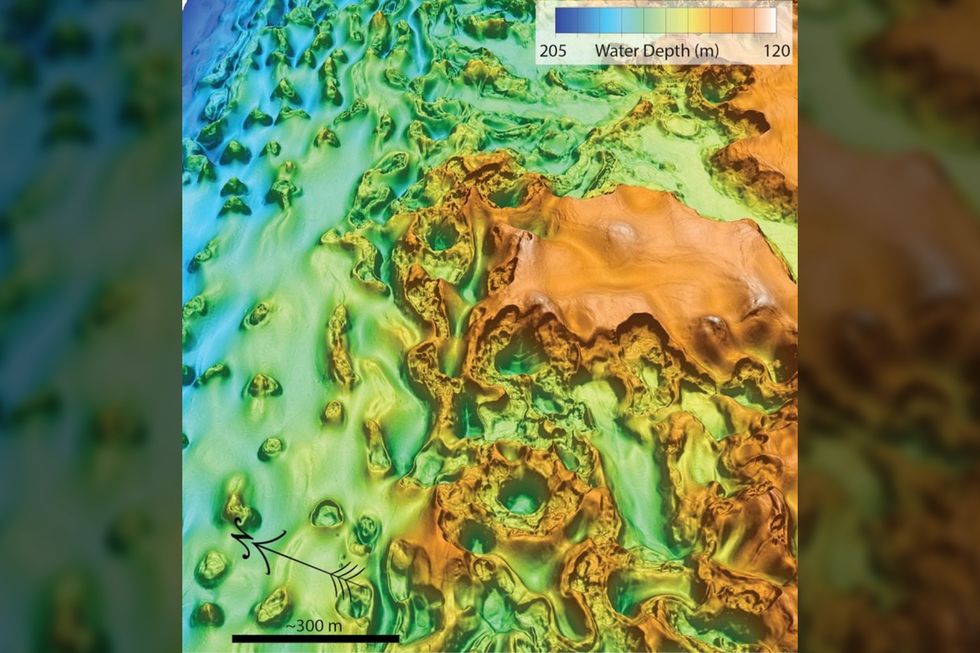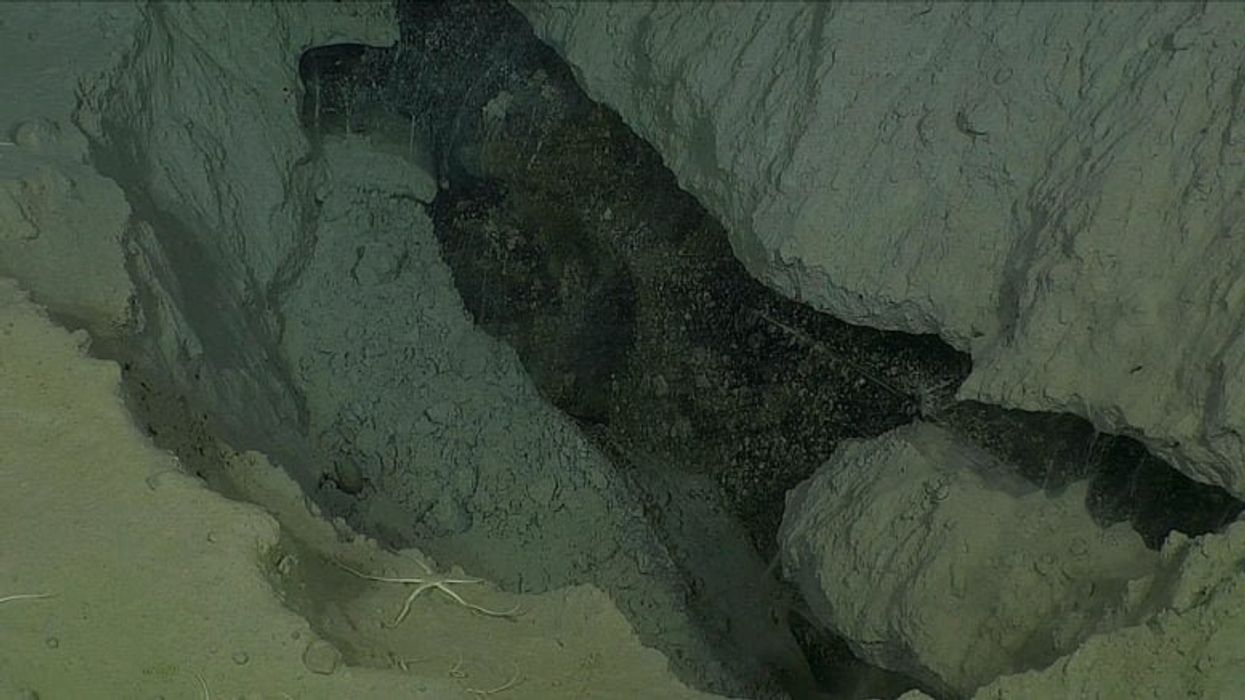Harriet Brewis
Jun 17, 2025
You Have to Check Out This Amazing Discovery From the Arctic
ZMG - Amaze Lab / VideoElephant
Scientists have discovered a vast collection of underwater structures in a remote area of the Arctic, which offers a stunning new insight into the mysterious workings of this icy region.
An international team of researchers found the vast range of formations, which are larger than football fields, along the edge of the Canadian Beaufort Sea, and were amazed to learn that they’re “modern” phenomena.
Experts had previously spotted a number of these gaping craters, which are covered in ice and sediment, and attributed them to the thawing of ancient permafrost under the waves.
However, between 2010 and 2022, they identified a total of 65 newly formed craters, the largest of which is the size of a city block featuring six-storey buildings, as IFLScience notes.
The team, led by the Monterey Bay Aquarium Research Institute (MBARI), assumed that the permafrost spread over the area towards the end of the last ice age, around 11,000 years ago, when sea levels rose, covering the ancient permafrost on the Arctic shelf.
However, the latest research suggests there’s more to the story than they originally thought.

For their most recent expedition, the scientists used underwater robots to collect samples from within the newly-formed seafloor craters.
Analysis of the ice revealed that it was created under present-day conditions – not in the distant past as originally suspected.
They found that the ice is produced when deeper layers of ancient permafrost melt under the sea, creating brackish (slightly salty) groundwater that rises before sinking again and refreezing on its way back to the seafloor.
It then remains frozen, at a temperature of -1.4C (29.5F), until the process starts again, IFLScience reports.
Put simply, the “modern” ice formations are the result of an endless cycle of melting and refreezing.
- YouTube youtu.be
“These findings upend our assumptions about underwater permafrost,” the study’s lead author Charlie Paull, of the MBARI, said in a statement.
“We previously believed all underwater permafrost was leftover from the last ice age, but we’ve learned that submarine permafrost ice is also actively forming and decomposing on the modern seafloor.”
He added: “Our work shows that permafrost ice is both actively forming and decomposing near the seafloor over widespread areas, creating a dynamic underwater landscape with massive sinkholes and large mounds of ice covered in sediment.”
Most significantly, the team’s findings suggest that the depths of the Arctic Ocean are an ever-changing world, as opposed to an environment frozen in time for millennia, as once thought.
Therefore, Paull and his colleagues believe that their findings should prompt an important reevaluation of how humans interact with the region as a whole.
“These dramatic and ongoing seafloor changes have huge implications for policymakers who are making decisions about underwater infrastructure in the Arctic,” he stressed.
This article was first published on October 8, 2024
Why not read...
- This is what Antarctica looks like 'naked' under huge ice sheet
- Camera dropped down 350-foot Antarctica hole makes extraordinary discovery
- Strange structures found lurking beneath Antarctic ice
Sign up for our free Indy100 weekly newsletter
How to join the indy100's free WhatsApp channel
Have your say in our news democracy. Click the upvote icon at the top of the page to help raise this article through the indy100 rankings
Top 100
The Conversation (0)














